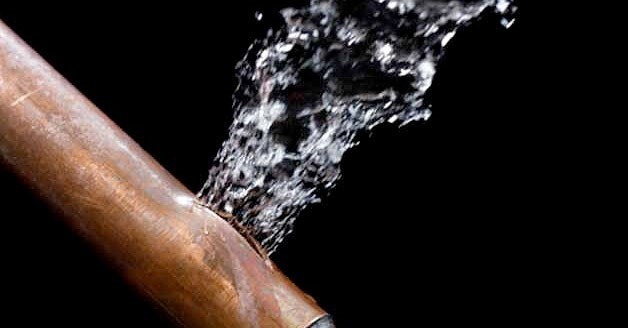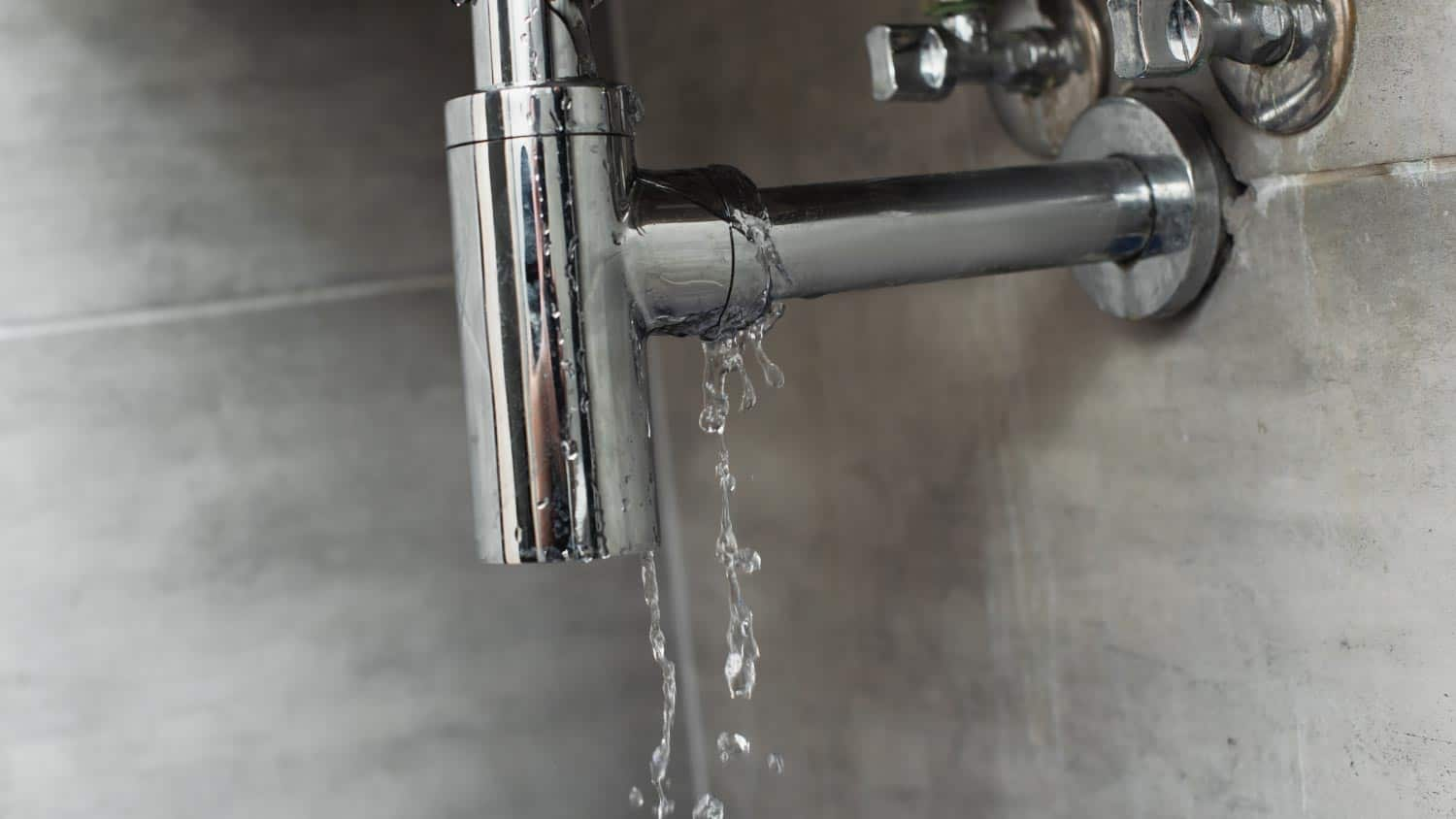Guide To Water Leak Detection In The House
Guide To Water Leak Detection In The House
Blog Article
On this page below you can get some sensible data around Hacks to detect leaks.

Early discovery of dripping water lines can alleviate a potential calamity. Some tiny water leakages may not be visible.
1. Check Out the Water Meter
Examining it is a surefire method that aids you find leakages. If it moves, that indicates a fast-moving leak. This indicates you may have a slow leakage that can also be below ground.
2. Inspect Water Usage
If you identify sudden modifications, in spite of your intake being the very same, it means that you have leaks in your plumbing system. An unexpected spike in your costs indicates a fast-moving leakage.
At the same time, a consistent rise every month, even with the same behaviors, shows you have a sluggish leakage that's also slowly escalating. Call a plumber to thoroughly check your residential or commercial property, particularly if you feel a warm location on your floor with piping underneath.
3. Do a Food Coloring Examination
When it comes to water consumption, 30% comes from commodes. If the shade somehow infiltrates your bowl during that time without flushing, there's a leak in between the storage tank and bowl.
4. Asses Exterior Lines
Don't neglect to check your outdoor water lines also. Ought to water permeate out of the link, you have a loosened rubber gasket. One small leak can waste lots of water as well as surge your water bill.
5. Evaluate the situation as well as check
House owners ought to make it a routine to inspect under the sink counters and even inside cabinets for any kind of bad odor or mold and mildew development. These two warnings show a leak so prompt attention is required. Doing regular inspections, even bi-annually, can save you from a major trouble.
A lot more notably, if you recognize your residence is currently old, keep a watchful eye on your heating units, hoses, pipes and so on. Check for discolorations as well as deteriorating as a lot of devices as well as pipes have a life expectancy. They will certainly additionally normally wear away because of tear and put on. Do not wait for it to escalate if you suspect leaking water lines in your plumbing system. Call a specialist plumber today so you don't end up with a horrible mess in your home.
Early detection of leaking water lines can mitigate a potential disaster. Some small water leaks might not be visible. Checking it is a surefire way that helps you discover leakages. One tiny leak can throw away heaps of water and surge your water bill.
If you suspect dripping water lines in your plumbing system, don't wait for it to intensify.
How to Know If Your Home Has a Hidden Leak
Water Meter Reveals Inexplicable Water Usage
If you’d like to test whether or not there’s a leak somewhere in your home, you can do this using your water meter. Here is how to conduct the test:
Don’t use any water in your home for at least 30 minutes; this also means not turning on faucets or water-using appliances.
Go outside, and check your water meter for activity.
If your water meter shows that there was activity, even though no one was using any water, this proves that there is a leak in your home.Visible Mold or Mildew Growth
Leaks behind walls create moist, dark environments that allow mold and mildew to grow and thrive. Eventually, you might see mold growth forming on the wall closest to a hidden leak.
If mold is growing in an area that receives a high amount of moisture, such as a bathroom, it may simply be an indication that better ventilation is needed. However, if you see mold growth on a wall or the ceiling in an area where you would not expect, you probably have a hidden leak.
Musty, Mildew Odor
Sometimes you might not be able to see the mold or mildew that is growing as a result of a leak. However, the smell can give the problem away just as easily. If you catch a whiff of something musty, there’s a good chance that old water is collecting somewhere in your home that you can’t see.
Stained/Warped Walls, Ceilings, or Floors
When your home soaks up water, a variety of red flags can become visible, including ceiling stains, bubbling drywall, warped walls, and sagging floors. While these issues can be caused by excess humidity, they can also be signs that a pipe or plumbing connection has started leaking behind your walls.
Inexplicably High Water Bill
After a while, you get a general sense for what your water bill should be. If you own a pool or sprinkler system, your bill will tend to be higher during summer. However, if you receive a water bill that seems especially high, and you can’t figure out what caused it, then you may have a hidden leak somewhere that’s increasing your bill.
https://www.plumbingjoint.com/blog/2019/july/how-to-know-if-your-home-has-a-hidden-leak/

I'm just very involved in Detecting hidden plumbing leaks and I hope you appreciated our post. Sharing is nice. Helping people is fun. Thanks for your time invested reading it.
Report this page